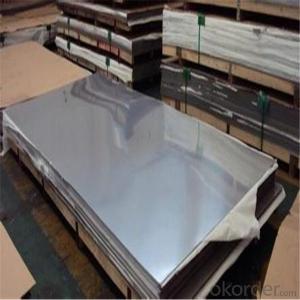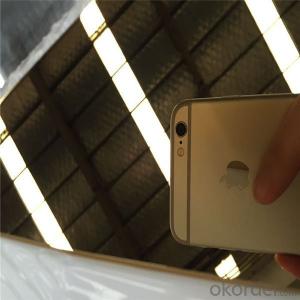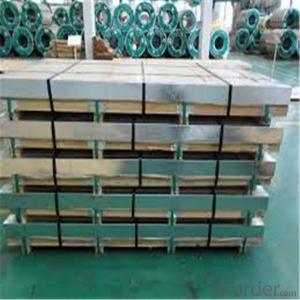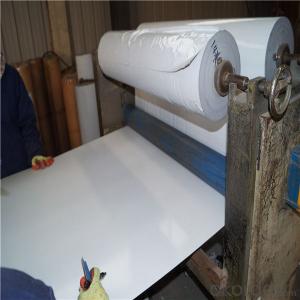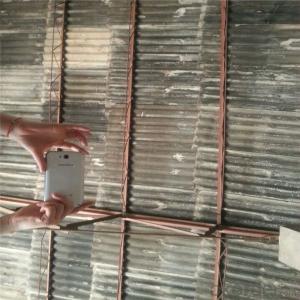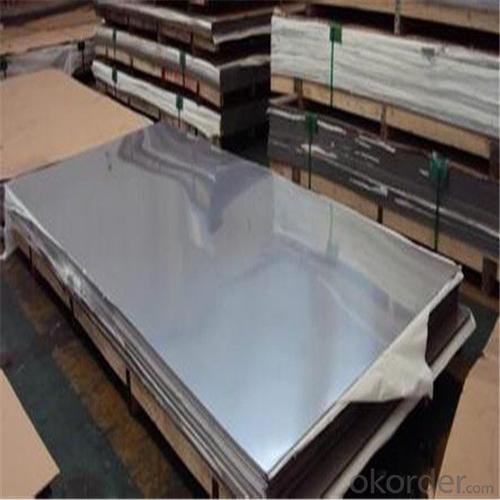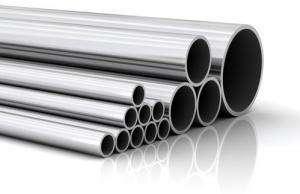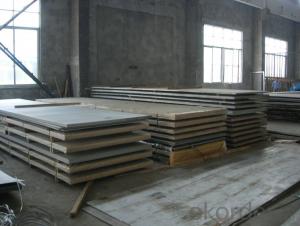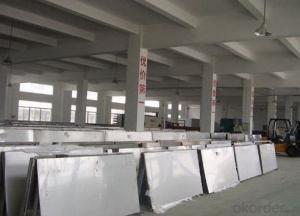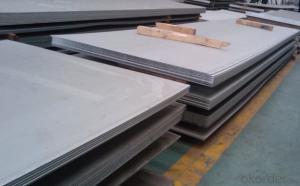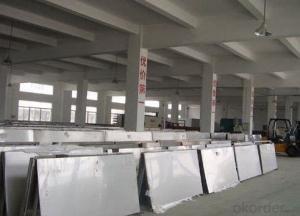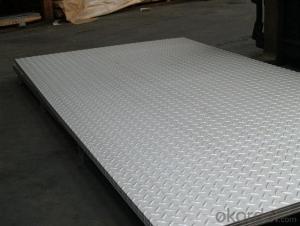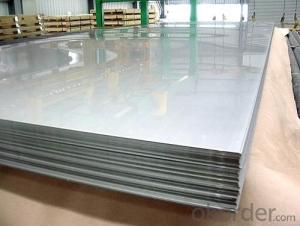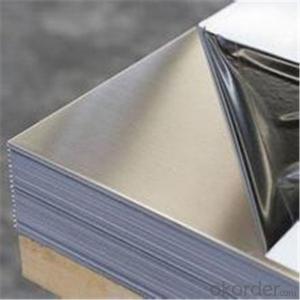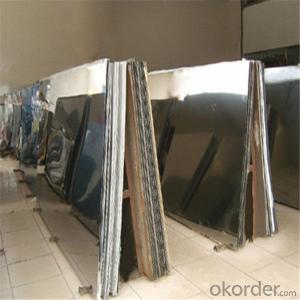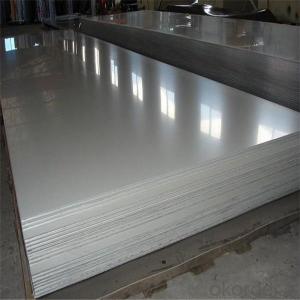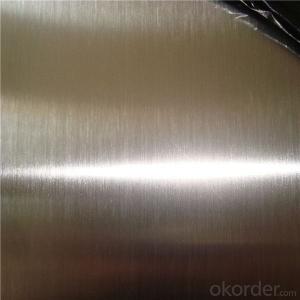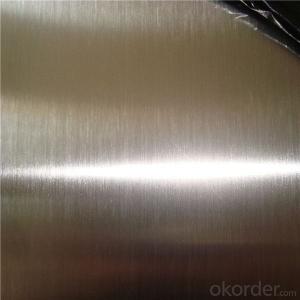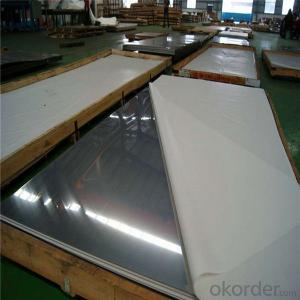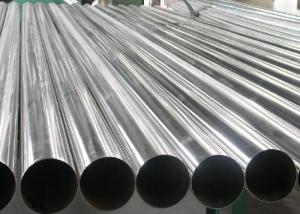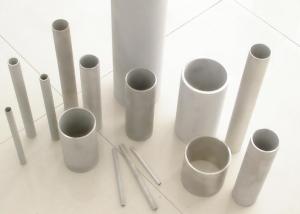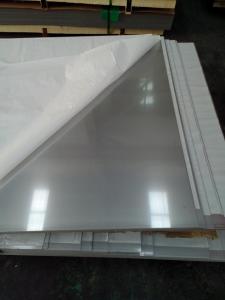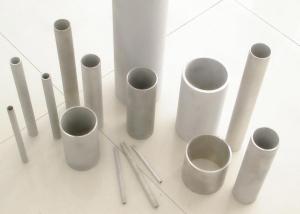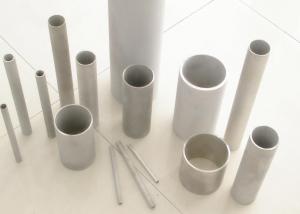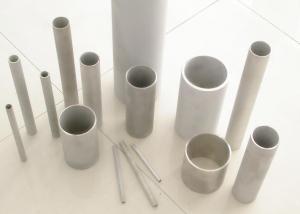Duplex 2205 BA surface stainless steel plate
- Loading Port:
- Shanghai
- Payment Terms:
- TT OR LC
- Min Order Qty:
- 2 m.t.
- Supply Capability:
- 20000 m.t./month
OKorder Service Pledge
OKorder Financial Service
You Might Also Like
Specification
Duplex 2205 BA surface stainless steel plate
We are a professional manufacturer of stainless steel sheet. According to ASTM, JIS and AISI,GB, standards, Jaway steel enhances effectiveness and of quality control from selecting the raw materials, cutting, slitting, shearing, surface treatment, packing, exporting of the existing products.
stainless steel sheets
Grade: 200 series& 300 series& 400 series
1) material;430 420 304 316 321 316L 347H 317L 310S 904L and etc
2) finish:2B,BA,HL,Brush,NO.1-NO.4 and so on
3) thick;0.1--120mm
4) wide;1000--2000mm
5) long;2000--8000mm
6)Standard: JIS, AISI, ASTM, GB, DIN, etc.
7) Craft: Hot rolled/cold drawn/forging
8) Packaging: Standard sea-worthy packaging, with wooden box or wooden pallet
9) Delivery time:15-30days
9)Application: construction field, ships building industry, petroleum & chemical industries, war and electricity industries, food processing and medical industry, boiler heat exchanger, machinery and hardware fields.
These are the normal items, for the special requirements,we can also meet.
Surface finish | Characteristics and application |
NO.2B | The surface brightness and flatness of no2B is better than no2D. then through a special surface treatment to improve its mechanical properties,No2B could nearly satisfy comprehensive uses. |
NO.3 | Polished with abrasive belt of git#100-#200, have better brightness with discontinuous coarse stria, used as inner and external ornaments for building, electrical appliances and kitchen utensils etc. |
NO.4 | Polished with abrasive belt of grit #150-#180,have better brightness with discontinuous coarse stria,but thinner than No3, are used as bathtub buildings inner and external ornaments electrical appliances kitchen utensils and food processing equipment etc. |
HL | Polished with abrasive belt of grit #150-#320 on the NO.4 finish and has continuous streaks, mainly used as buildings ornaments elevators,door of building, frontal plate etc. |
BA | Cold rolled, bright annealed and skin-passed, the product have excellent brightness and good reflexivity like mirror,kitchen apparatus,ornament etc. |
8K | The product have excellent brightness and prefer reflexivity can to be the mirror. |
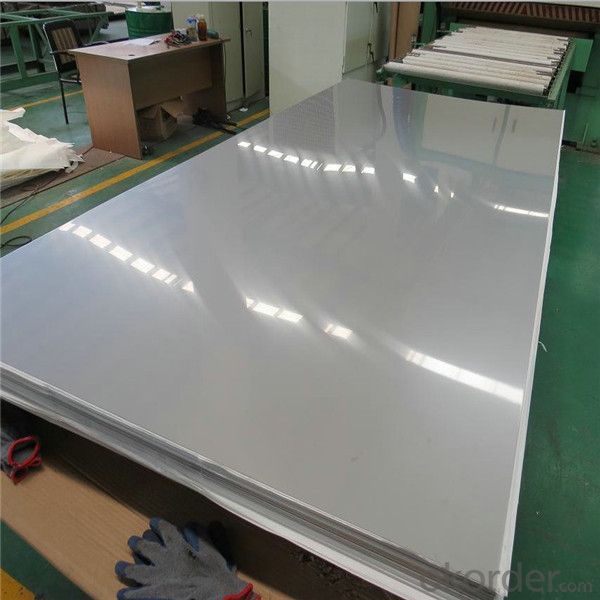
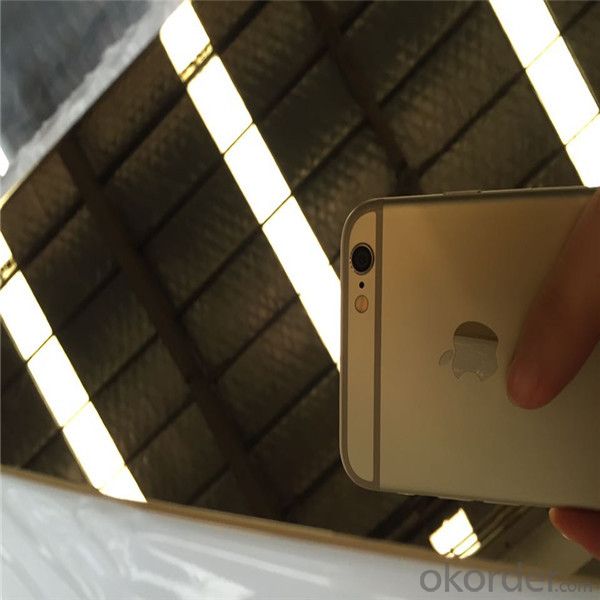
Our Advantages
• All products are made of high-quality imported raw materials.
• Our products are certified by ISO9001:2008 authentication quality systems.
• we are nominated as the AAA enterprise by Jiangsu government.
• Quick Response to Your Enquiry.
- Q: Are stainless steel sheets suitable for outdoor sculptures?
- Indeed, outdoor sculptures greatly benefit from the use of stainless steel sheets. This material is renowned for its durability and resistance to corrosion, making it exceptionally well-suited for enduring the harsh conditions of the outdoors. Furthermore, stainless steel exhibits remarkable resistance to rust, staining, and fading, thereby establishing itself as a low-maintenance alternative for outdoor sculptures. Moreover, stainless steel boasts a sleek and contemporary appearance, effectively enhancing the aesthetic allure of outdoor artworks. Its robustness and pliability also render it ideal for crafting intricate and elaborate sculptures. Consequently, stainless steel sheets prove to be an outstanding selection for outdoor sculptures, guaranteeing their longevity while simultaneously amplifying their visual impact.
- Q: Can stainless steel sheets be used for medical equipment?
- Indeed, medical equipment can utilize stainless steel sheets. The medical industry extensively employs stainless steel due to its remarkable resistance to corrosion, its durability, and its ease of cleaning. Surgical instruments, implants, medical devices, and equipment like sterilization trays, hospital beds, and operating room tables are commonly manufactured using stainless steel. As it does not react with bodily tissues or fluids, stainless steel is a secure and sanitary option for medical purposes. Moreover, it can endure numerous sterilization procedures without compromising its qualities, thus rendering it perfectly suited for hospitals and healthcare facilities.
- Q: Are stainless steel sheets resistant to organic acids?
- Stainless steel sheets, in general, have a resistance to organic acids. The corrosion resistance of stainless steel is well-known, and this quality extends to its ability to withstand the effects of organic acids. However, the level of resistance can vary depending on the specific composition of the stainless steel, as well as the concentration and type of organic acid being used. In certain cases, specific organic acids may cause localized corrosion or pitting on the surface of stainless steel. Nonetheless, stainless steel is considered a suitable material for handling organic acids in various industries like chemical processing, pharmaceuticals, and food production. To ensure the best resistance, it is always advisable to seek expert advice or refer to specific stainless steel grades and their compatibility with different organic acids.
- Q: Are stainless steel sheets good for cryogenic storage?
- Yes, stainless steel sheets are suitable for cryogenic storage due to their excellent resistance to low temperatures and high strength. They can withstand extreme cold without becoming brittle or losing structural integrity, making them a reliable choice for storing materials at cryogenic temperatures.
- Q: Are stainless steel sheets suitable for water treatment plants?
- Yes, stainless steel sheets are highly suitable for water treatment plants. Stainless steel is known for its excellent corrosion resistance, which is crucial in water treatment facilities where the materials are constantly exposed to water and various chemicals. Stainless steel sheets are resistant to rust and corrosion caused by water, chlorine, chloramines, and other disinfectants commonly used in water treatment processes. Additionally, stainless steel is highly durable and can withstand high temperatures, making it ideal for use in water treatment plants where heat may be applied during certain treatment processes. Furthermore, stainless steel is hygienic and easy to clean, ensuring that the water remains free from any contaminants or impurities. Overall, stainless steel sheets are a reliable and long-lasting choice for water treatment plants due to their corrosion resistance, durability, and hygienic properties.
- Q: Are stainless steel sheets resistant to heat and high temperatures?
- Yes, stainless steel sheets are highly resistant to heat and high temperatures. They can withstand extreme temperatures without warping, melting, or losing their structural integrity.
- Q: What are the different types of edge profiles for stainless steel sheets?
- Some different types of edge profiles for stainless steel sheets include square edge, round edge, beveled edge, and chamfered edge.
- Q: Are stainless steel sheets suitable for architectural mesh applications?
- Architectural mesh applications greatly benefit from the use of stainless steel sheets. This material is incredibly versatile and durable, offering a multitude of advantages for architectural purposes. With its resistance to corrosion, stainless steel is indispensable for long-lasting performance in outdoor and high-moisture environments. Moreover, its exceptional strength enables it to withstand heavy loads, making it an ideal choice for structural applications. The utilization of stainless steel sheets in architectural mesh brings together functionality and aesthetics in a unique manner. This mesh can be employed in various ways, such as facades, cladding, sunshades, balustrades, and partitions. It can be woven or welded into diverse patterns and shapes, allowing for imaginative and visually appealing designs. Furthermore, stainless steel architectural mesh provides excellent transparency and airflow, making it suitable for applications requiring ventilation or light transmission. It enhances the visual appeal of a building by creating a sense of openness, while simultaneously ensuring privacy and security. Additionally, stainless steel offers a high level of customization. It can be finished in different colors and surface textures, providing architects and designers with the opportunity to achieve their desired aesthetic. Additionally, stainless steel is a sustainable material, as it is fully recyclable and has a long lifespan, minimizing the environmental impact of architectural projects. In summary, stainless steel sheets are an excellent choice for architectural mesh applications due to their corrosion resistance, strength, versatility, and aesthetic appeal. They grant architects and designers a wide range of possibilities to create visually striking and functional structures.
- Q: Are stainless steel sheets easy to clean?
- Yes, stainless steel sheets are easy to clean. They have a smooth surface that is resistant to stains and can be easily wiped clean with soap and water. Additionally, they are also resistant to rust and corrosion, making them low-maintenance and suitable for various applications.
Send your message to us
Duplex 2205 BA surface stainless steel plate
- Loading Port:
- Shanghai
- Payment Terms:
- TT OR LC
- Min Order Qty:
- 2 m.t.
- Supply Capability:
- 20000 m.t./month
OKorder Service Pledge
OKorder Financial Service
Similar products
Hot products
Hot Searches
Related keywords
